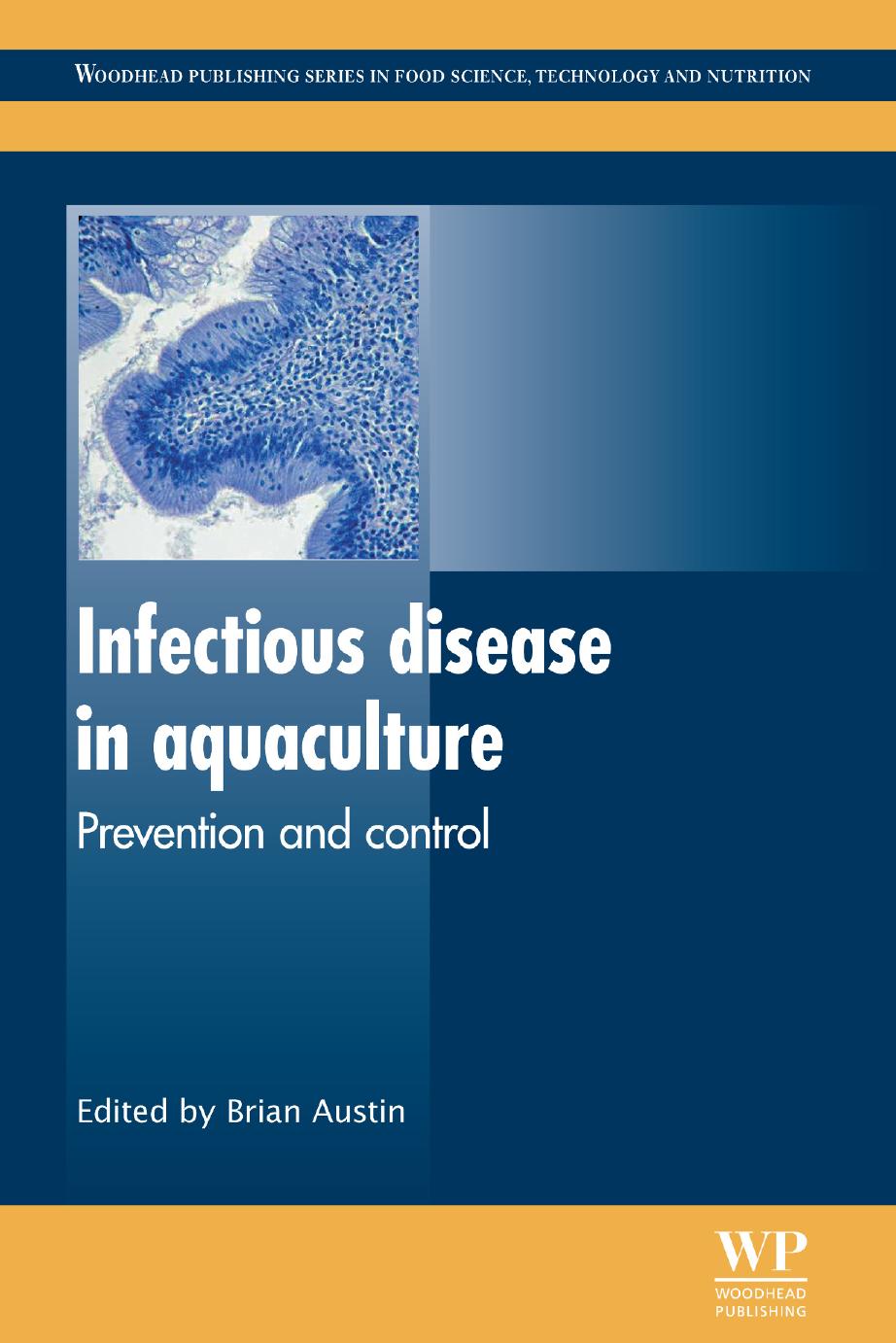

Most ebook files are in PDF format, so you can easily read them using various software such as Foxit Reader or directly on the Google Chrome browser.
Some ebook files are released by publishers in other formats such as .awz, .mobi, .epub, .fb2, etc. You may need to install specific software to read these formats on mobile/PC, such as Calibre.
Please read the tutorial at this link: https://ebookbell.com/faq
We offer FREE conversion to the popular formats you request; however, this may take some time. Therefore, right after payment, please email us, and we will try to provide the service as quickly as possible.
For some exceptional file formats or broken links (if any), please refrain from opening any disputes. Instead, email us first, and we will try to assist within a maximum of 6 hours.
EbookBell Team

5.0
48 reviewsWith wild stocks declining due to over-fishing, aquaculture will have a more significant role to play in meeting future demand for fresh fish. Developments in research continue to lead to improvements in aquaculture production systems, resulting in increased production efficiency, higher product quality for consumers and a more sustainable industry. New technologies in aquaculture reviews essential advances in these areas.
Part one focuses on the genetic improvement of farmed species and control of reproduction, with chapters on genome-based technologies in aquaculture research, selective breeding and the production of single sex and sterile populations, among other topics. Parts two and three review key issues in health, diet and husbandry, such as the control of viral and parasitic diseases, diet and husbandry techniques to improve disease resistance, advances in diets for particular fish species and the impact of harmful algal bloom on shellfisheries aquaculture. Chapters in Parts three and four then examine the design of different aquaculture production systems, including offshore technologies, tank-based recirculating systems and ponds, and key environmental issues, such as the prediction and assessment of the impact of aquaculture. Concluding chapters focus on farming new species.
With its well-known editors and distinguished international team of contributors, New technologies in aquaculture is an essential purchase for professionals and researchers in the aquaculture industry.